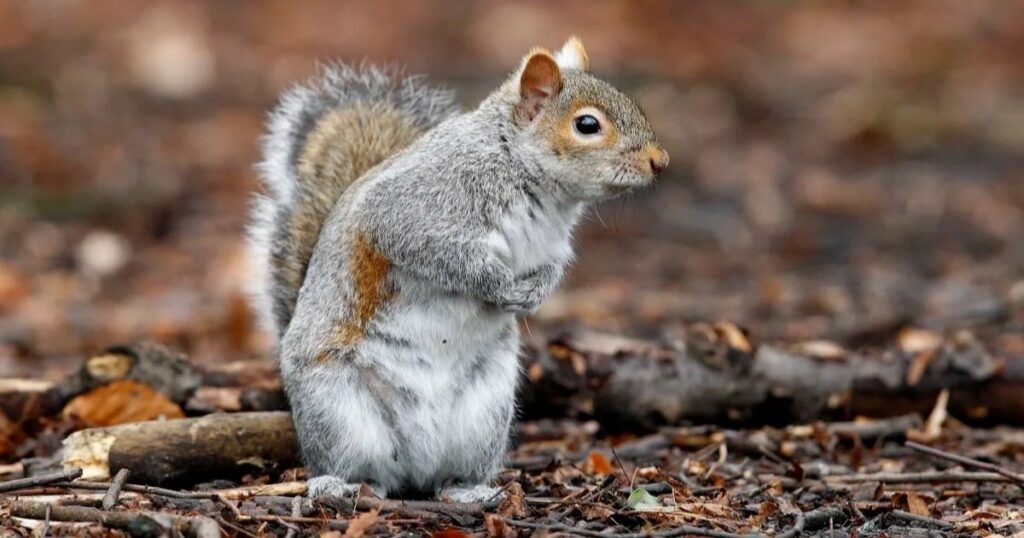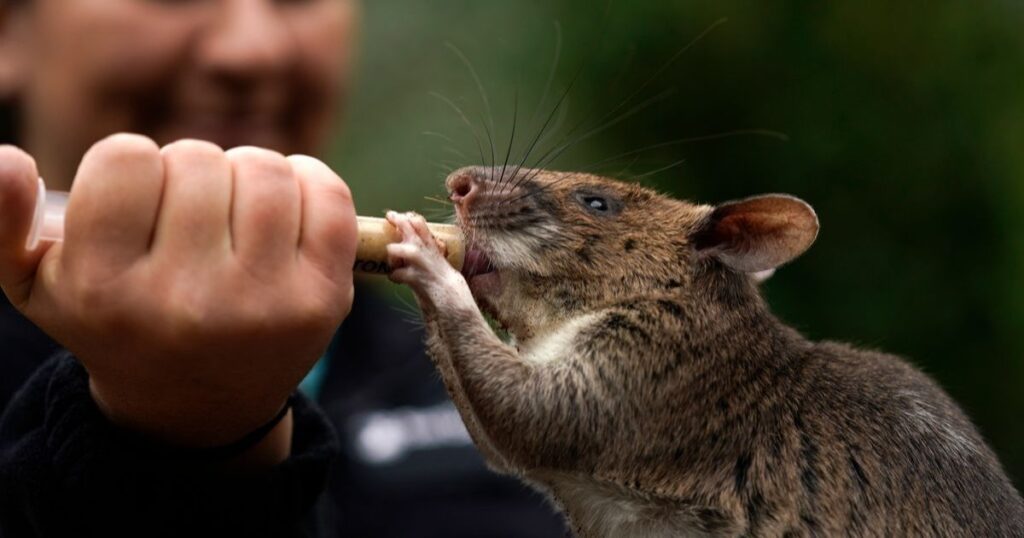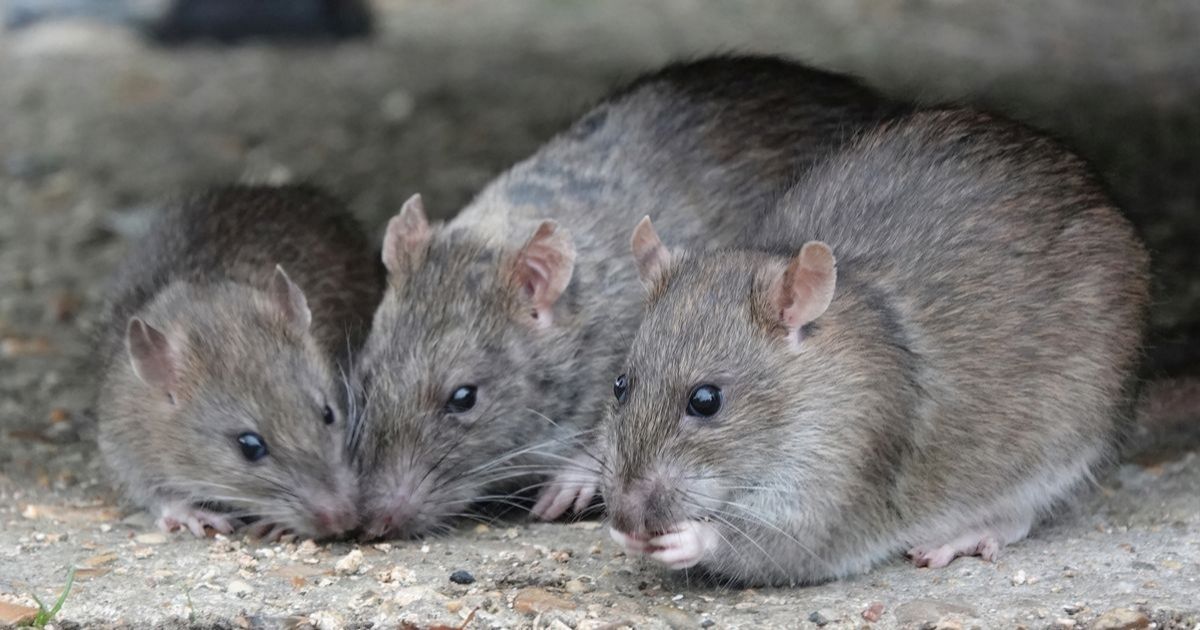Rodent infestations are a common problem that can cause significant damage to homes and properties. One of the most telling signs of these common pests is the presence of bite marks on various surfaces. Being able to identify rodent bite marks is crucial for early infestation detection and effective pest control. This comprehensive guide will help you recognize different types of rodent bites and provide insights on maintaining a rodent-free property.
Inspecting Rat & Mouse Bite Marks
Rats and mice are among the most prevalent rodents found in homes and buildings. Their bite marks can vary significantly due to differences in size and tooth structure. Understanding these distinctions is key to identifying rodent bites and determining the type of infestation you’re dealing with.
Rat Bite Marks

Rats, with their larger size and longer teeth, leave distinctive gnaw easily identifiable marks:
- Deep, irregular punctures
- Diameter of around 0.5 inches or more
- Rough edges due to wider teeth
- Commonly found on baseboards, wiring, wooden furniture, and plastic pipes
Rat bite marks are often more severe and noticeable than those of smaller rodents. Their powerful jaws can cause significant damage to various materials, including wood, plastic, and even soft metals. When inspecting for rat activity, pay close attention to areas near food sources, in dark corners, and along walls where they tend to travel.
Mouse Bite Marks
Mice, being smaller, create different patterns that are distinct from rat gnaw marks:
- Shallower, neater bite marks
- Range from ¼ to ⅜ inches in diameter
- Clean-cut, parallel lines with less pronounced roughness
- Often seen on food packaging, wires, cardboard, and insulation materials
Mouse bite marks are typically smaller and more precise than those of rats. Their teeth leave behind a series of tiny grooves that can be seen upon close inspection. Mice are known to chew on a wide variety of materials, including paper, fabric, and even drywall, in their quest for nesting materials or to wear down their constantly growing incisors.
Identifying rodent bites from rats and mice is essential for determining the type of infestation and planning appropriate pest control measures. The size and pattern of the bite marks can give you valuable information about the species you’re dealing with, which is crucial for effective treatment and prevention.
Spotting Squirrel Bite Marks

Squirrels, known for their chewing habits, can cause significant damage to properties. Their bite marks are distinctive and often different from those left by rats or mice:
- Elongated, irregularly shaped marks
- Often found on hard objects like nuts and tree branches
- Damage visible on bird feeders, wood siding, and electrical cables
- Larger and more pronounced than mouse bite marks, but potentially similar in size to rat bites
Squirrels have strong jaws and teeth that allow them to gnaw through tough materials. Their bite marks are often characterized by long, continuous grooves, especially on wooden surfaces. They may also leave behind shredded or frayed edges on materials like wires or fabric.
Recognizing squirrel bite marks can help homeowners address these specific pests and prevent further damage to outdoor structures. It’s important to note that squirrels can cause significant structural damage if left unchecked, particularly to roofs, attics, and exterior wood elements of buildings.
Investigating Vole Bite Marks
Voles, small burrowing rodents, primarily affect yards and gardens. Their bite marks have unique characteristics that set them apart from other rodents:
- Small, shallow holes
- Approximately ⅛ inch in diameter
- Commonly found on plants, bulbs, and roots in gardens
- Often accompanied by narrow runways or tunnels in grass or soil
Vole damage is typically concentrated at ground level or just below the surface. These rodents feed on plant material and can cause extensive damage to lawns, gardens, and young trees. Their bite marks on plants are often clean-cut and angled, different from the ragged edges left by larger rodents.
Also read this post:we’ll explore everything you need to know about sweat bees,
Identifying vole bite marks is crucial for protecting landscaping efforts and maintaining a healthy garden environment. Early detection can prevent widespread damage to your yard and help in implementing targeted control measures.
Other Common Wildlife and Their Bite Marks

While not rodents, other wildlife can leave similar signs of damage that may be mistaken for rodent activity. Understanding these differences can help in properly identifying the source of the problem.
Raccoons and Opossums
These larger animals can cause damage that might be confused with severe rodent infestations:
- Larger, irregular-shaped bite marks
- Often found on food packaging, garbage cans, and pet bowls
- Indicate curiosity and scavenging behavior
- May leave behind paw prints or other distinctive signs
Raccoons and opossums are known for their dexterity and problem-solving skills. Their damage often appears more forceful and widespread compared to rodent damage. They may tear open containers or packaging rather than leaving small gnaw marks.
Armadillos
While armadillos may not leave traditional bite marks, their presence can be identified by other signs:
- May not leave traditional bite marks
- Cause damage through digging habits
- Can affect outdoor furniture and structures
- Leave behind distinctive, bowl-shaped holes in yards
Armadillos primarily cause damage through their foraging behavior, digging for insects and grubs in lawns and gardens. While they don’t typically chew on structures like rodents do, their digging can cause significant damage to landscaping and foundations if left unchecked.
Understanding these wildlife signs helps in distinguishing between rodent infestations and other animal intrusions. This knowledge is crucial for implementing the correct control and prevention measures.
Other Recommended Maintenance
Maintaining a rodent-free property requires ongoing efforts and vigilance. Here are some key practices to incorporate into your property maintenance routine:
- Regular inspections for rodent activity (droppings, nests, gnaw marks)
- Sealing potential entry points around the foundation, roof, and utility lines
- Trimming overhanging branches and vegetation away from buildings
- Storing food in airtight containers and properly disposing of garbage
- Keeping yards clean and free of debris, woodpiles, and clutter
- Maintaining a tidy and organized storage area, especially in garages and sheds
- Regularly cleaning and decluttering to eliminate potential nesting sites
- Installing door sweeps and sealing gaps around windows
- Properly storing pet food and bird seed in rodent-proof containers
- Addressing moisture issues and fixing leaks promptly to remove water sources
These practices create an environment less attractive to rodents and other pests. By eliminating food sources, shelter, and easy access points, you can significantly reduce the likelihood of a rodent infestation.
When to Call a Professional
While many rodent problems can be addressed through DIY methods, there are situations where professional intervention becomes necessary:
- Continuous signs of rodent activity despite preventive measures
- Severe or widespread infestations affecting multiple areas of the property
- Uncertainty about the type of rodent or extent of the problem
- Health concerns related to rodent presence, such as disease transmission risks
- Structural damage that requires expert assessment and repair
- Recurring infestations despite previous control efforts
- Legal or regulatory requirements for professional pest management in certain settings
Pest control services offer expertise in handling rodents safely and efficiently. They can provide comprehensive solutions for pest inspection, identification, and management. Professional pest control technicians have access to specialized tools, techniques, and products that may not be available to the general public.
When choosing a pest control service, look for companies with
- Proper licensing and certifications
- Experience in dealing with rodent infestations
- Positive customer reviews and testimonials
- Comprehensive inspection and treatment plans
- Guarantees or warranties on their services
- Commitment to integrated pest management (IPM) practices
Remember, early intervention by professionals can often save time, and money, and prevent more extensive damage in the long run.
Conclusion
Identifying rodent bite marks is a crucial skill for early infestation detection and effective pest control. By recognizing the unique patterns left by rats, mice, squirrels, voles, and other wildlife, property owners can take prompt action to address rodent problems before they escalate.
Regular maintenance and vigilance are key to maintaining a rodent-free environment. Implementing preventive measures, conducting routine inspections, and addressing potential entry points and attractants can significantly reduce the risk of rodent infestations.
However, when faced with persistent or severe infestations, seeking professional help is advisable. Pest control experts can provide tailored solutions to effectively manage rodent issues and prevent future problems. Their expertise in identifying rodent species, assessing the extent of infestations, and implementing targeted control measures is invaluable in challenging situations.
By combining knowledge of rodent bite marks with proactive maintenance and professional assistance when needed, homeowners and property managers can ensure a safe, comfortable, and pest-free living or working environment. Remember that rodent control is an ongoing process that requires vigilance and adaptation to changing conditions.
Stay informed about the signs of rodent activity, including bite marks, droppings, and unusual noises. Educate family members or employees about the importance of reporting any suspicious signs promptly. By fostering a culture of awareness and proactive management, you can maintain a rodent-free property and protect your investments from the damaging effects of these persistent pests.
In conclusion, the ability to identify rodent bite marks is just one piece of the puzzle in effective pest management. Combine this knowledge with comprehensive prevention strategies, regular maintenance, and professional support when necessary to create a holistic approach to rodent control. With these tools at your disposal, you can maintain a healthy, safe, and rodent-free environment for years to come.
FAQs
How do you tell the difference between rat and mouse bite marks?
Rat bite marks are typically larger and deeper, with a diameter of around 0.5 inches or more, while mouse bite marks are smaller and neater, ranging from ¼ to ⅜ inches in diameter. Rat gnaw marks often have rough edges due to their wider teeth, whereas mouse bite marks exhibit clean-cut, parallel lines with less pronounced roughness.
What do mice bite marks look like?
Mouse bite marks are characterized by small, shallow grooves that are often neat and precise in appearance. They typically show clean-cut, parallel lines and are commonly found on food packaging, wires, cardboard, and insulation materials.
What are the symptoms of a rodent bite?
Symptoms of a rodent bite may include pain, redness, swelling, and potential infection at the bite site. In some cases, rodent bites can transmit diseases, so it’s important to seek medical attention if you suspect you’ve been bitten by a rodent.
What is the mark of a rat bite?
Rat bite marks are typically deep, irregular punctures with a diameter of around 0.5 inches or more. These marks often have rough edges and can be found on various surfaces such as baseboards, wiring, wooden furniture, and plastic pipes.











